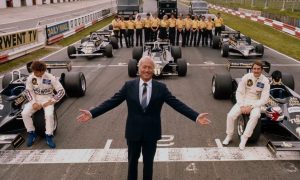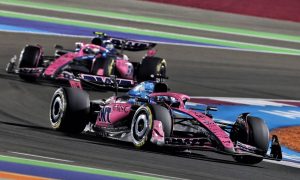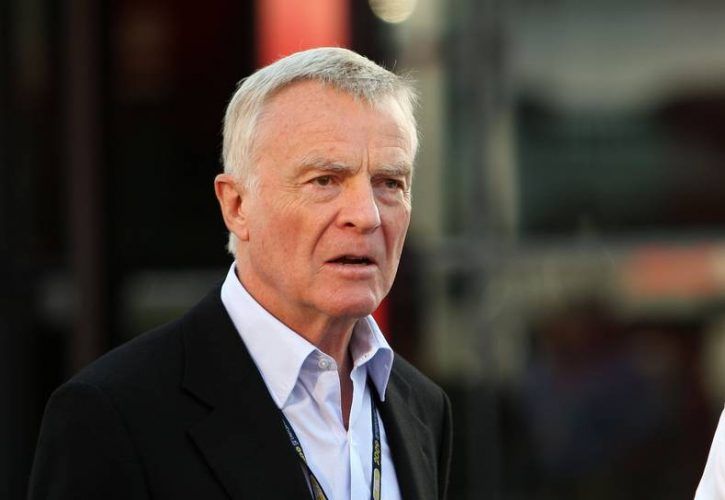
Former FIA president Max Mosley has offered a simple solution to Formula 1's cost cutting issues, although he admits that the teams' reluctance for change make it an unlikely prospect.
Mosley, who reigned at the head of motorsport's governing body from 1991 to 2009, strongly promoted the idea of a budget cap in Grand Prix racing during the latter part of his tenure.
Indeed, the Brit came close to enforcing cost cutting measures in 2008 at the inception of the global financial crisis. While the majority of the teams were in favour of a budget cap, Ferrari - managed by current FIA president Jean Todt at the time - assumed its role as outlier and prevented changes.
Cost cutting initiatives are once again at the forefront of discussions between the teams and Liberty Media, but reaching a compromise for 2021 that satisfies all parties remains a momentous task, with dissension centered around budget cap levels and enforcement policies.
In an interview with Germany's Auto Motor und Sport, Mosley explained how he would proceed to rein in costs.
"If I were a dictator, which I never was in my time, then I would suggest the following," said Mosley.
"We'd take the FOM money and distribute it in equal portions to the ten teams. That's just $ 60 million per team, just to name a number.
"Exactly this sum could be spent by the individual teams for the season, with everything included, even driver salaries. The sponsorship money that the teams take would be their profit.
"That would mean that a team like Ferrari would be immensely profitable. It would also be a good system for car manufacturers.
"Where is the appeal to succeed just because you spend more money than others? It should also be in their interest to say: 'Our engineers are better than the others'".
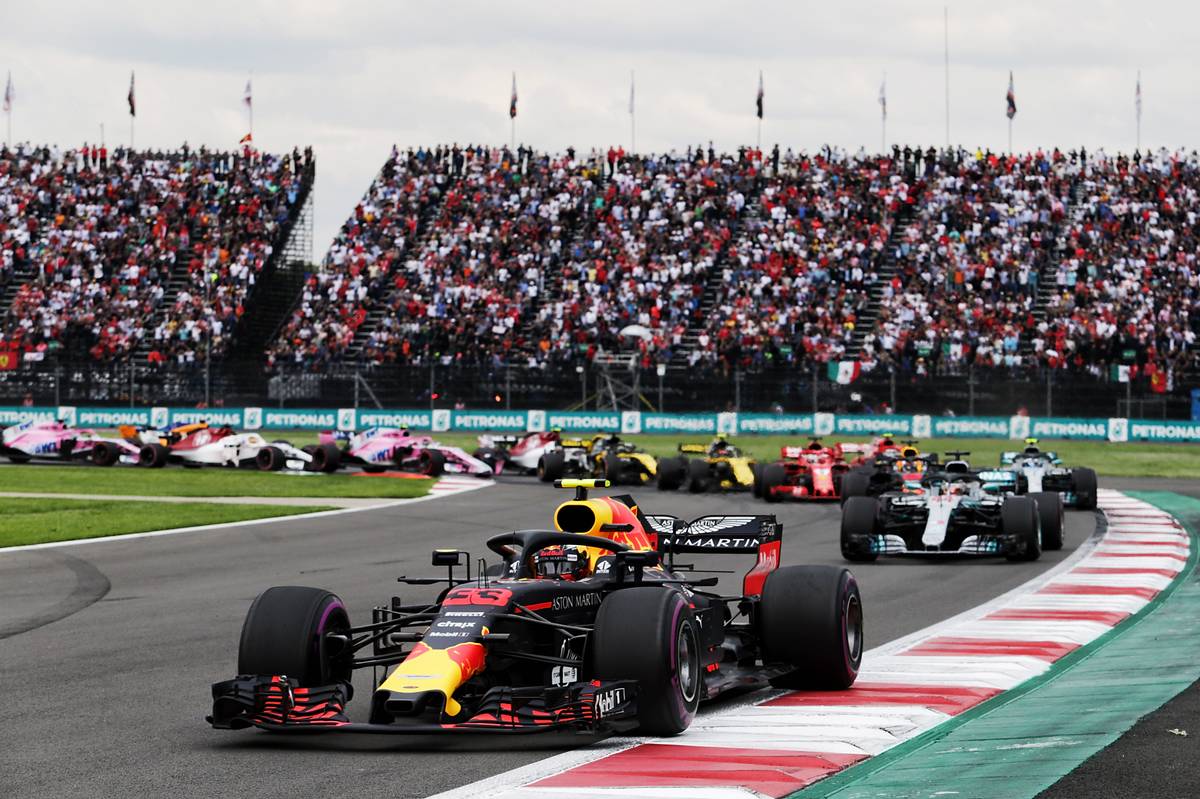
Given, for example, the massive eight-figure retainers enjoyed by several drivers on the grid, a $60 million budget cap as suggested by the former FIA president sounds outright insane. Not to mention the usual complexities linked to policing.
But Mosley underlines the approach rather than the spending level, insisting the concept would not only make the F1 business model cost-effective, it would also deliver value to the teams.
"That's just a sum that I came up with," he adds. "I think the amount that is distributed would actually be bigger.
"But let's stick with 60 million. That's a damn lot of money, a dozen times more than you need in Formula 2 to get two cars up and running.
"If they were to paint the Formula 2 cars in the colors of Formula One teams, no one on the grandstand or on the television screen would notice any difference to what they are seeing now.
"The big money is spent behind the scenes," argues Mosley.
"No one can see how the teams build their gearbox and what the effort is. It has zero impact on the spectacle on the racetrack.
"What would happen to such a model? The teams would be worth a lot. They would either stay in business or sell to people with a lot of money. They would then have a good starting base."
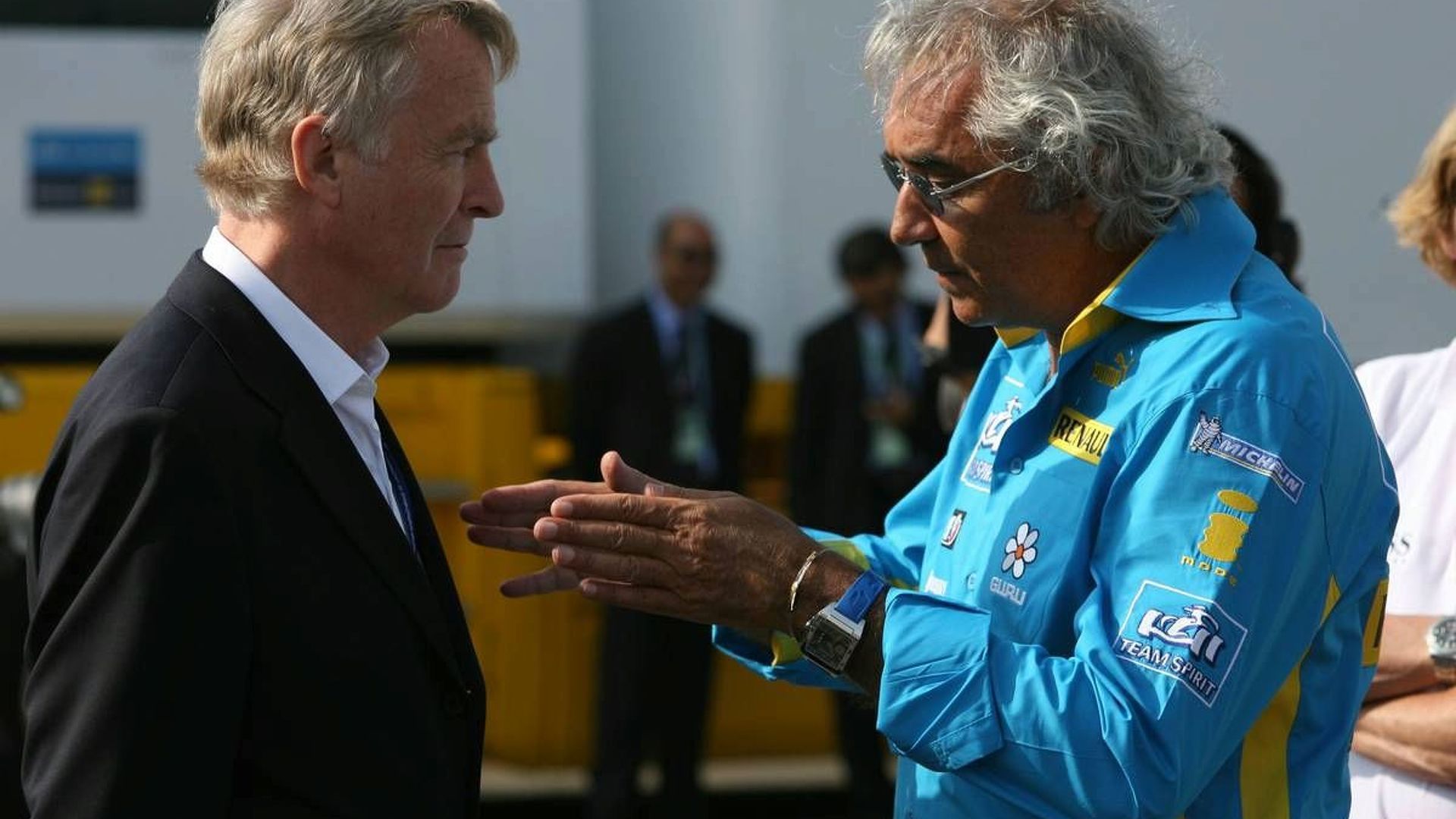
While the buck stops with the teams, Mosley knows all too well that when it comes to unanimous support or bold ideas, Formula 1 will always kick the can down the road.
"As advanced as they are with their technology, they are so conservative about changing the system," he admitted.
"They just do not want to change anything.
"The big money teams don’t want to give up their advantage over the teams with less money in particular.
"If you employ three times as many people, it’s like racing with an engine with greater displacement.
"These teams will never agree to a budget cap."
Gallery: The beautiful wives and girlfriends of F1 drivers
Keep up to date with all the F1 news via Facebook and Twitter




